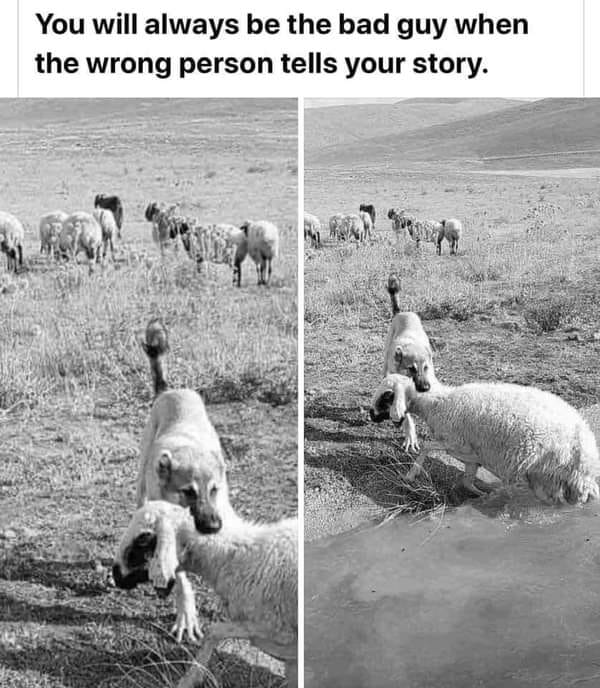30-Day Micro Leadership Course (September 21st 2021)
Podcast: Play in new window | Download (Duration: 9:22 — 8.6MB)
Subscribe: Apple Podcasts | Spotify | RSS | More
Ten more days until we’re done with this short 30-Day Micro Leadership Course. The course is micro, but not your leadership. 😉
Let’s get busy concentrating on creating and sustaining a high-performance culture. I likely could have devoted every session of this course to one topic: communication. Communication is the easy scapegoat for all that ails us because from our heart emerge our words. Or lack of words. And our tone. Emotions. Feelings. Thoughts. Beliefs.
“You’re just being emotional,” is a common retort from people who think they’re more logical and rational than you. They act as though emotions are a bad thing, something they would never surrender to…yet we all do. We feel what we feel. Sometimes there’s logical reasoning behind it. Sometimes not.
We’ve talked a bit about “story” and how important it is for you – and everybody else in the enterprise. Remember we talked about how as leaders we must give people a great story – we must provide them with a narrative of where they fit and how they make a positive difference in the outcome. If we don’t, then they’re liable to create their own story and it usually won’t be very good. Maybe it won’t be due to evidence, but it’ll be due to the way they see themselves. And it’ll be peppered with whatever fears they’ve got. It’s what we all do, even if we fancy ourselves as completely rational and logical.
It’s the power of self-communication. And the power of listening to the communication of others.
Culture or environment is heavily influenced by all the communication. Formal, informal, direct, indirect, from the top, from the middle, from the bottom, spoken, written, implied – all of it matters!
Let’s start with your formalized statements or declarations.
Teams, groups, and organizations have a reason for being. High-performing cultures step forward with bravery to state why they exist and why they do what they do the way they do it.
Too many bosses lean on the Successories poster-type trite admonitions. Forget that. The first rule of communication is to be real. Honesty matters. Otherwise, the communication will never be trusted.
Why are you all here?
What’s the point of it all?
“We’re competent, capable, and confident.” I saw that one the other day and thought, “Surely they could come up with something better than that!” But it demonstrates how little some of us put into communicating the real distinction of who we are, what we do, and how we do it.
Today, let’s focus on two objectives of this mission statement type communication. It must be something you truly mean and it must be something that will inspire everybody because they know you mean it. They know it’s true.
A lifetime ago I had an enormous custom-made sign made of individual raised letters installed directly above a cash wrap – the counter customers would go to in order to complete a purchase. This cash wrap, located in the middle of the store, was the first thing your eyes were drawn to as you entered the store making this sign a major attraction. It was less of a motto and more of a mandate, one I fully meant.
Extraordinary service. No excuses!
We meant it. It was short, honest, and powerful. To us and to every customer.
Worthless if we weren’t going to live by it. Trite if we weren’t going to back it up.
Our sole purpose was to serve customers and do it in remarkable fashion. Daily we talked about how to deliver remarkable experiences so our customers would consistently be dazzled. We didn’t just talk about it. We worked hard to achieve it. Much more fun than, “We’re as good as anybody else.”
My coaching practice is focused on one simple phrase, “helping you figure it out.”
My story, which is entirely true, centers on helping people achieve what THEY want. That’s why years ago I started telling my story like this…

In a coaching world filled with experts and pundits who often offer empty, but good-sounding advice, I’m going against the tide of scalability because I meet prospects and clients where they are. From the moment I’m engaged as their coach I’m merely a guide or facilitator helping them get to where they most want to go. The direction of the conversations and work is entirely dictated by two things: where the client is right now and where they want to go. So my story is congruent with that uniqueness. And that truth.
What is your truth? And how are you expressing it?
Think about it. Then think about it some more. It needs to resonate with your team, group or enterprise. It needs to be something people don’t just remember…they live it. So they don’t have to remember it. It’s who they are. It’s what they do. It’s how they do it.
Once you get this foundation built then you’re ready to incorporate it into every communication and commit yourself to daily congruency where everybody is able to connect the dots between what you say and what you do! That’s how you’ll build a safe environment that fosters growth, improvement, and high performance.
Be well. Do good. Grow great!

30-Day Micro Leadership Course (September 21st 2021) Read More »






